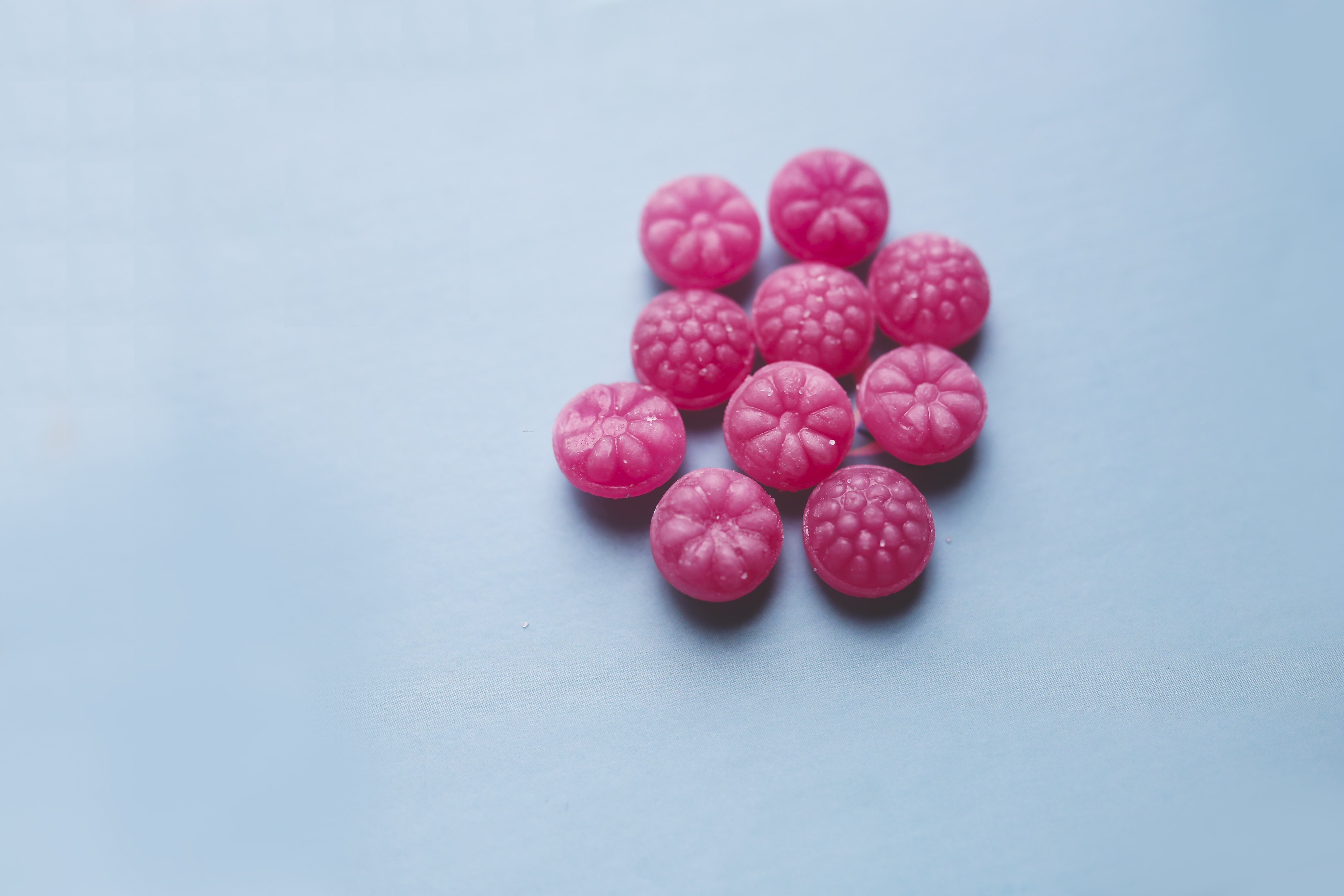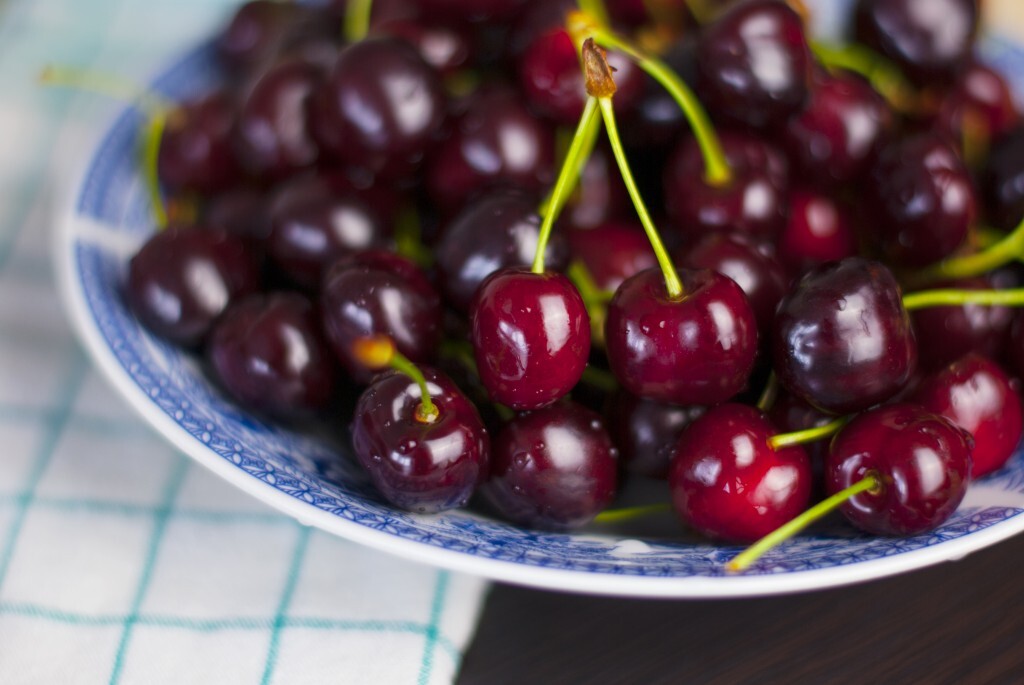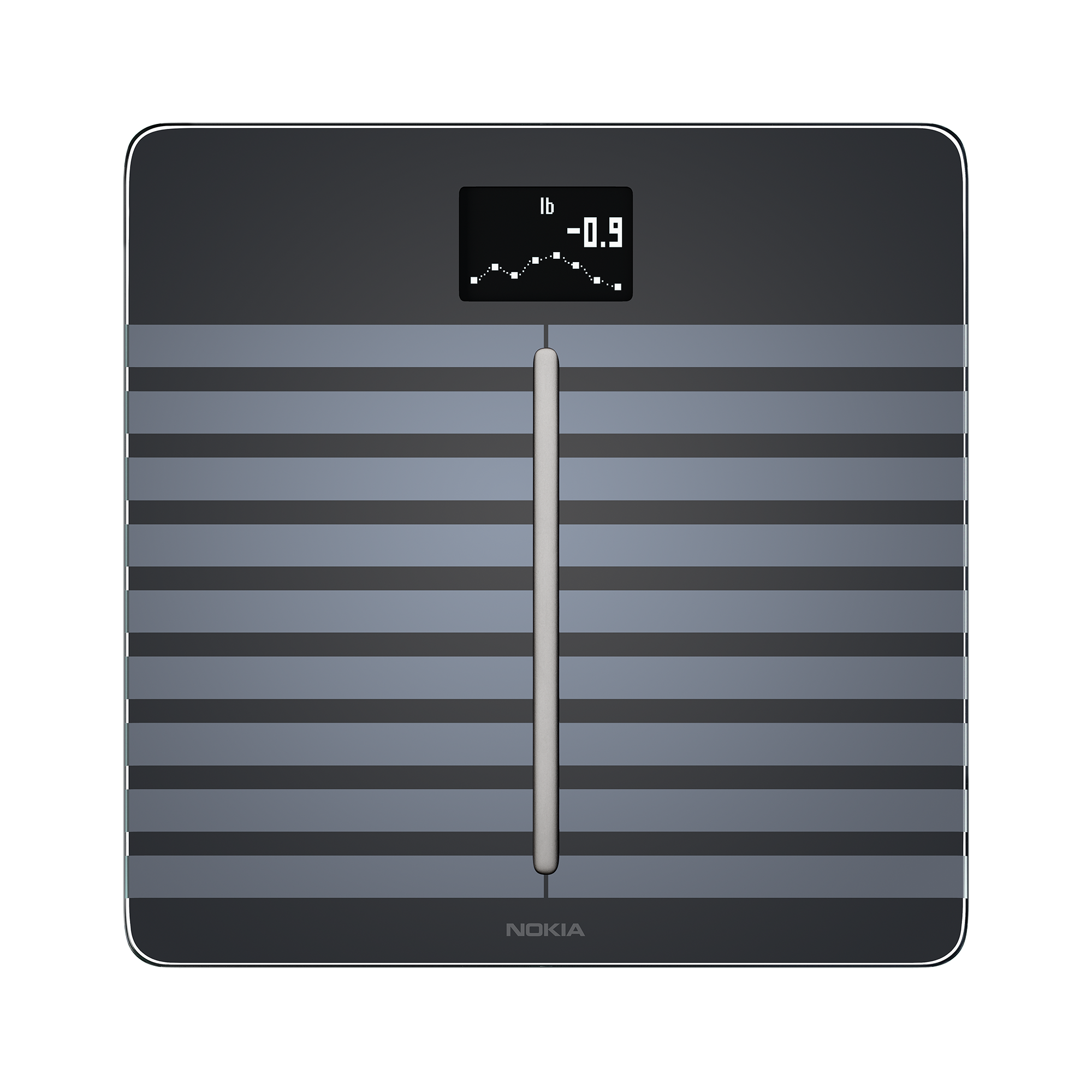
When it comes to added sugar, the message is pretty simple — don’t eat too much of the sweet stuff because in high amounts it’s really bad for your health. Here’s why too much sugar is bad, how to spot hidden sugar and when you should say when.
Sugar is everywhere…
Sugar goes by many names. It’s hidden in foods you might not expect, such as whole wheat bread and crackers. People get confused about whether the sugar in fresh fruit poses a problem. They wonder if honey and maple syrup are better choices than table sugar.
And then there’s the ultimate complication – sugar cravings are in our DNA. Energy-dense, hard-to-find fruits, sweet root vegetables, and honey once helped our hunter-gatherer ancestors survive lean times. But today, far sweeter foods and drinks are always within easy gathering reach. Once relegated to special occasions, dessert is now a daily indulgence.
But a little knowledge can cut through the confusion and help you battle sugar’s powerful siren song. Read on to learn how to spot hidden sugars, minimize the sugar in your diet, and get some encouragement to enjoy the heck out the treats you do eat.
Why is excessive sugar unhealthy?
High sugar diets are linked to an increased risk for heart disease, obesity, high blood pressure, Type 2 diabetes, and tooth decay. Foods high in sugar also tend to be low in nutritional value and higher in calories and unhealthy fats, which can contribute to weight gain.
“With sugar, the problem is you are displacing proper nutrition,” says dietitian Lauren Harris-Pincus, RD, of Nutrition Starring You. “When you drink a soda you are getting zero nutrition. So that’s 130 calories that could have been used consuming other, beneficial things.”
How much sugar is too much sugar?
The American Heart Association recommends no more than six teaspoons of added sugar a day for women, no more than nine teaspoons for men, and no more than three or four teaspoons for kids. One regular can of soda, give or take a sip, gets you to the limit.
Know that added sugar is… added sugar.
Sure there are trace nutrients in honey and maple syrup, but they have exactly the same negative health effects as cane sugar when you overindulge. Also seemingly healthier brown sugar, raw cane sugar, and turbinado are all, sorry folks, just sugar.
Know sugar’s many disguises…
Sugar by any of the following names is sugar: corn sweetener, high-fructose corn syrup, corn syrup, fruit juice concentrates, invert sugar, honey, brown sugar, turbinado sugar, agave nectar, molasses, raw sugar, maple syrup, dextrose, fructose, glucose, lactose, maltose and sucrose.
Know where sugar hides…
Jarred marinara sauce, crackers, condiments, and marinades can harbor unexpectedly high sugar levels. “People don’t often concern themselves with those products even though they can easily put them over the top of daily recommendations,” says Harris-Pincus. Because different versions of the same product can vary widely in their sugar content, she suggests people visit the grocery store without shopping so they can study food labels without having frozen peas to fret about. The next time they go to the store, Harris-Pincus says they’ll know which convenience products to throw in the cart and which to leave on the shelf.
Know that sugar is addictive…
Researchers are discovering that alcohol, drugs, and sugar all stimulate the same pleasure centers in our brains that keep us coming back for more. Harris-Pincus says too much sugar also puts people into a harmful cycle of blood-sugar spikes and drops, followed by cravings that are all-to-often satisfied by more unhealthy foods.
Know that you can dial back the sugar.
Harris-Pincus said each person is different and must search for the approach to scaling back on sugar that works for them, sometimes through trial and error. Some people do best cutting sugar out completely. Others do better when they slowly scale back on sugar and even add natural sugar replacements such as Stevia. But she says eating meals rich in good carbohydrates, healthy fats, and lean proteins is going to go a long way towards helping you feel full and satisfied longer, keeping your blood sugar balanced, and tempering your cravings for sweets.

But wait — sugar in fresh fruit is a-okay!
The fiber in fresh fruit slows the absorption rate of sugar into your body, so your blood sugar doesn’t spike as much. Enjoy that orange, grape, pear, cherry or berry without worry.
If you do eat sugar, make sure you really, really enjoy it.
“If you want to eat plain Greek yogurt with fruits and nuts or seeds and a little honey on top, have at it,” says Harris-Pincus. “That’s likely to have less sugar than the pre-sweetened yogurts.”
And if you’ve got a chocolate layer cake, peanut butter cookie, or flavor of ice cream you particularly adore, go ahead and indulge. But make the portions reasonable. “There’s nothing wrong with having an Oreo,” Harris-Pincus says. “It’s having 30 Oreos that’s the problem.”
It’s also a good idea to eat your treats slowly and mindfully, if you can remember. And if you share your favorite indulgences with friends and loved-ones, all the better, because that will surely make the experience even more satisfying and sweet.



